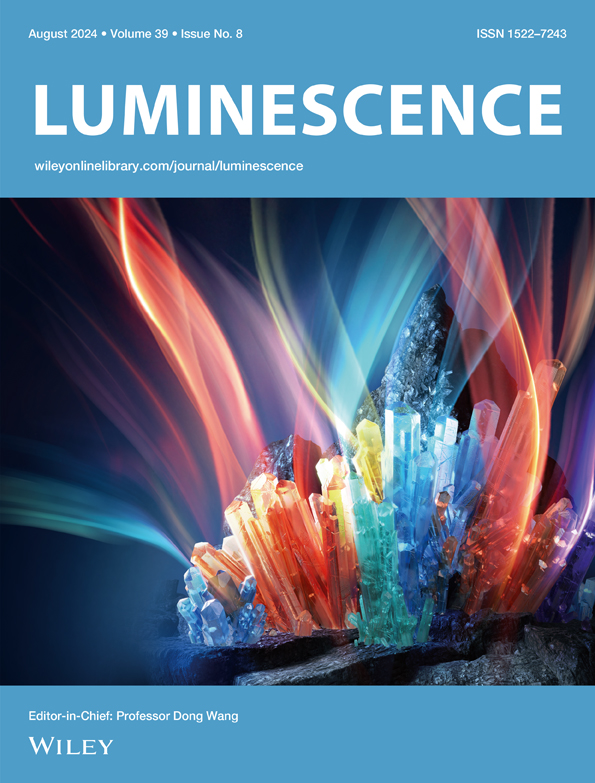Elucidating the Binding Mechanism of Oclacitinib With Bovine Serum Albumin: A Multidisciplinary Approach Combining Spectroscopy, Thermodynamics, and Molecular Docking
Abstract
This paper elucidates the in vitro binding of oclacitinib (OLTN) with BSA through a multifaceted approach that combines experimental methodologies and theoretical computations. Spectroscopic analyses reveal that OLTN significantly attenuates the intrinsical fluorescence of BSA through the formation of an OLTN–BSA complex, indicating a static quenching mechanism. Experimental data further confirmed the formation of a nonfluorescent OLTN–BSA complex. These findings provide valuable insights into the molecular interactions governing the OLTN–BSA system, enhancing our understanding of drug–protein binding dynamics. The binding constant and stoichiometric ratio of the complex were determined to be approximately 104 M−1 and 1:1, respectively, suggesting moderate binding affinity of OLTN for BSA. Molecular docking assays verified that OLTN primarily associated with the Sudlow's Site II, inducing conformational alterations in both the secondary structure and quaternary structure of BSA. Thermodynamic and molecular docking analyses established that hydrophobicity interactions and hydrogen bonding (including conventional hydrogen bonding and the carbon hydrogen bonding) serve as the dominant driving forces for stabilizing the complex. This investigation provides critical guidance for understanding the pharmacodynamics and pharmacokinetics of OLTN in human, particularly regarding its plasma protein binding behavior and potential drug–drug interactions.





 求助内容:
求助内容: 应助结果提醒方式:
应助结果提醒方式:


